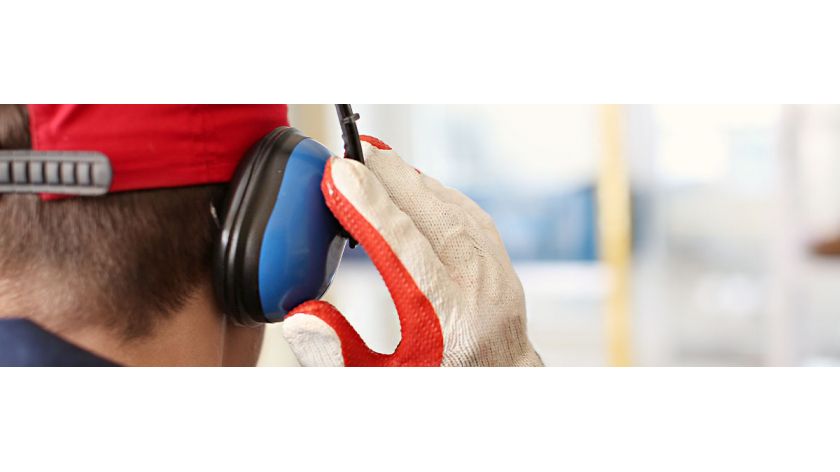
On the worksite, keeping track of all of the safety requirements that must be followed can be overwhelming at times, and it can be tempting to let some slide from time to time. One of the requirements that might be tempting to forgo is noise protection. There are many reasons why an employee might choose to not use a hearing protection device (HPD), including a lack of comfort, availability, or training. Workers that don’t protect themselves from occupational noise exposure can suffer from hearing impairment or event hearing loss. That’s why it’s important to provide both education and access to HPD to anyone exposed to excessive workplace noise. According to one study, employers pay more than $240 million a year in worker compensation related to hearing loss. Jobsite problems that can result from hearing loss include missed audio warnings or safety signals and a breakdown in communication. Here are a couple of ways to combat typical reasons for not using hearing protective devices.
Comfort Level
Your workers will be less inclined to wear HPD if it doesn’t feel comfortable while they’re wearing it. Don’t just pick the first device, or the cheapest, you come across. It’s important to consider how the HPD is designed and built. You should make sure that it not only protects the worker, but that it’s also comfortable for them to wear. Be sure it doesn’t interfere with any other protective equipment they’re required to wear. Another consideration to keep in mind is that one size doesn’t fit all. Earplugs, earmuffs and canal caps of various sizes and attenuation levels should be provided in order to accommodate different employees’ needs. A worker won’t wear earmuffs that prevent them from hearing everything around them or earplugs that keep falling out.
Availability
Convenience is critical. A worker isn’t going to go searching for protection when they’re focused on getting the job done. Make a point to have an adequate supply of HPD in convenient locations around the worksite. This may include the breakroom, where they clock in, near known zones of loud noise and around noisy equipment that they operate. You should also make sure that there is enough protection available for everyone on the site. Having only three or four pairs of earmuffs and six employees on site means that you have employees working unprotected. Employees should never have to choose between their job and their hearing.
Lack of Training
There are many types of hearing protection available and each is designed for certain noise conditions. It’s important that your employees are trained on how to wear them properly and to wear them at all times. New hires should be trained on the importance of hearing protection, how to properly use it, and where to find it. You should also monitor employee usage of HPDs and retrain those who appear to need it. Before stepping onto a construction site, workers should know the dBAs of common construction tools and tasks, permissible limits, the noise and duration levels that cause hearing loss, and how to protect themselves.
Both ANSI and OSHA require a HPD if the noise or sound level exceeds 85 decibels (A-weighted) or dBA. You should have a hearing conservation program in place for each of your worksites and actively work to have the appropriate hearing protection devices on hand to keep all of your employees well protected. TVH has a selection of HPDs to help protect both yourself and your employees from the dangers of hearing loss. Visit IRMN.com or contact your sales representative for more information. Just remember, hearing loss can’t be cured but it can be prevented.